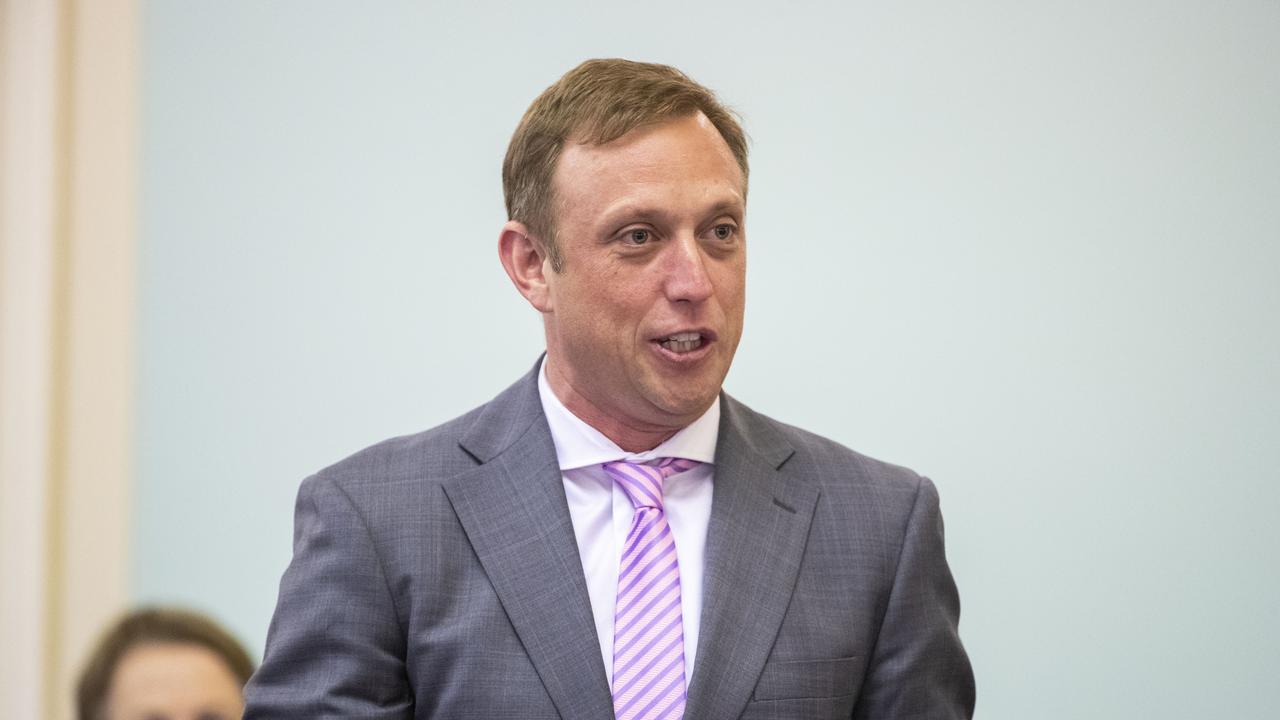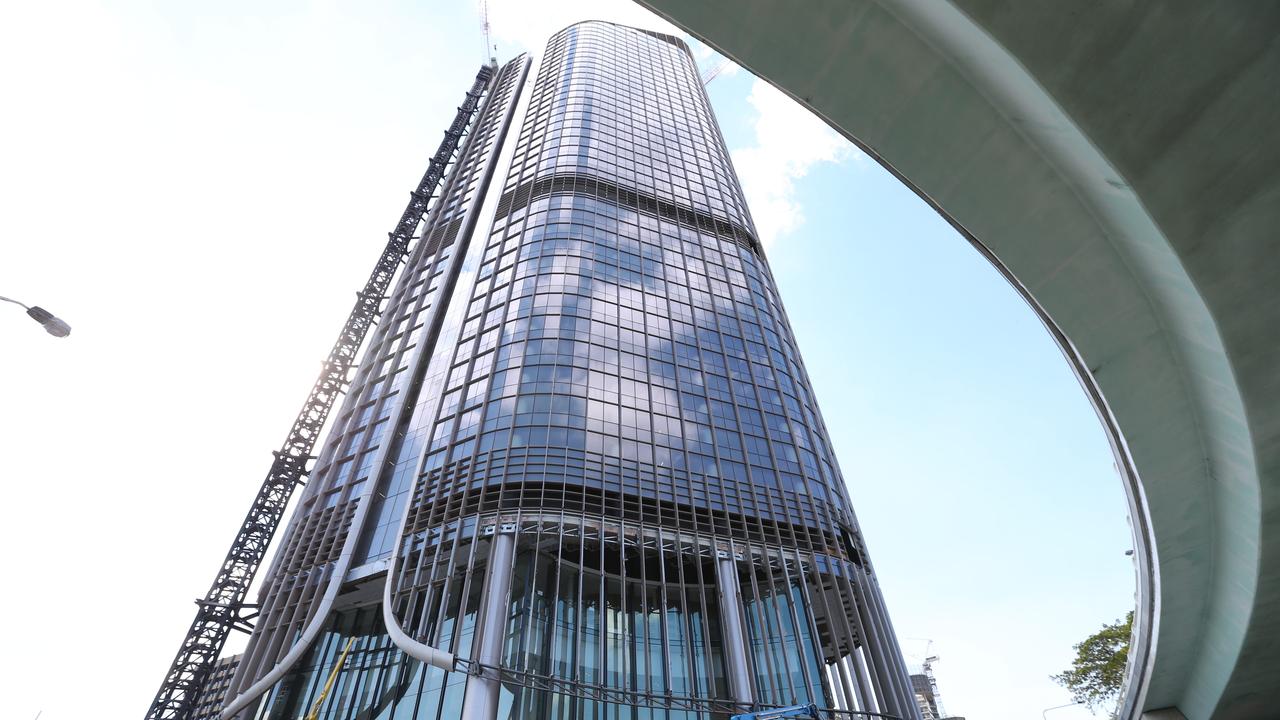Brisbane Metro: Is it really a Metro or just a new busway?
IN any other city in the world a Metro is an underground railway network but when it comes to the Brisbane the word has a completely different meaning. So what exactly is the Brisbane Metro, a train system or just a new busway?
QLD Politics
Don't miss out on the headlines from QLD Politics. Followed categories will be added to My News.
- Brisbane Metro: First look at new underground station
- OPINION: Brisbane Metro project is going nowhere
IN any other city in the world a Metro is an underground railway network but when it comes to Brisbane, the word has a completely different meaning.
Punters remain confused over exactly what the much-anticipated Brisbane Metro will be: Is it a train system or just a new busway?
The type of vehicle that will run on the Metro line is also a mystery, with both Lord Mayor Graham Quirk and Deputy Mayor Adrian Schrinner – who has special responsibility for the project – admitting the type of transport is yet to be chosen.
“Later this year, Council will undertake a national and international procurement process for Brisbane Metro vehicles. Vehicles have not yet been selected at this stage,” Cr Schrinner said.
Cr Schrinner said the BCC wanted a high-capacity and multi-door transport but would not reveal if it would have inflatable wheels, how it would be powered or what it would cost to build.
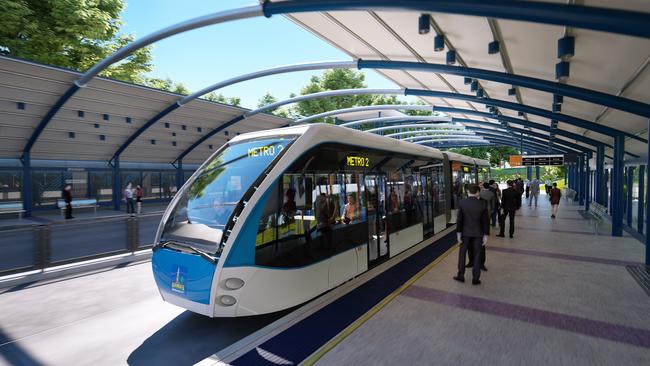
Labor and rail advocate group Rail Back On Track suggest the Metro will carry bi-articulated buses – banana buses – which would put it at odds with the name of the project.
According to the Oxford Dictionary, the transport-related meaning for the word “Metro” was “an underground railway system, especially Paris”.
Rail Back On Track spokesman Robert Dow said the BCC’s plan was an upgraded, and necessary, busway and not a Metro by definition and the name may cause confusion with tourists.
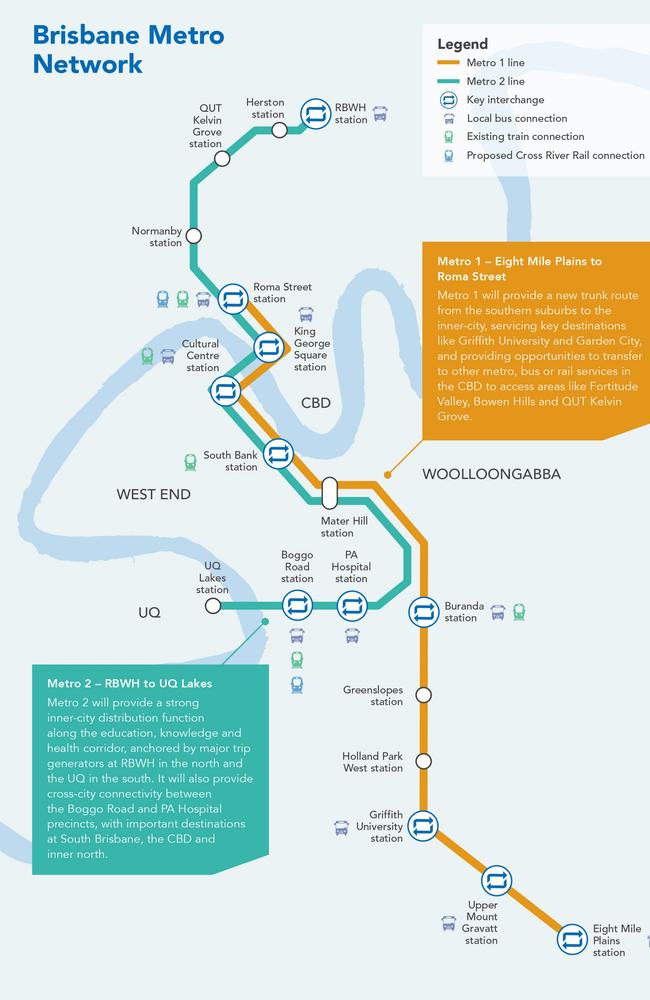
Mr Dow said the initial concept included rubber-tyred vehicles, which are a blend of rail and road technology, and did suit the description of a Metro.
“The original plan for this was to use rubber-tyred Metro vehicles which would have fitted the definition of a Metro but it has transformed into bi-articulated buses,” Mr Dow said.
“Metro really means an underground railway system …it’s a very good idea and we support it, because they are enhancing the good busway infrastructure … but the name is misleading.”
BCC’s Metro includes two busways – one that runs from Eight Mile Plains to Roma Street and another that stretches from the Royal Brisbane and Women’s Hospital to UQ Lakes.
Mayor Graham Quirk has refused to call the vehicles “buses”, although he had conceded they would be driveable and not on rails.
“You can’t drive it with a bus licence, you can’t drive it with a train licence – it’s a stand-alone vehicle which will require special licensing in terms of the driver,” he told reporters.
Cr Schrinner on local radio this week said it was not essential to name the mode of transport because “moving people efficiently” was more important.
The BCC did not respond to questions about the costing of each vehicle or how they would be powered.
The overall project has been costed at $944 million and will include an underground station at South Bank’s Cultural Precinct and the widening of existing bus lanes.
The entire network would cover 21km with 18 bus stops and 11 interchanges.
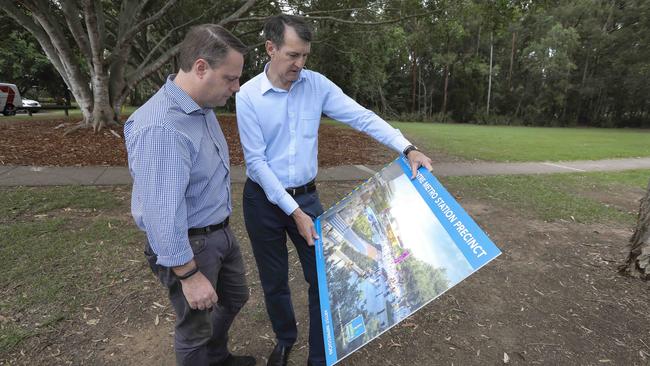
Mr Dow said there were no bi-articulated buses in Australia, but they are used globally and to great effect.
“Maybe a better name would be Brisbane Transit but the Mayor has an exception to calling them buses but they are an articulated bus,” Mr Dow said.
“There are some Metro systems which use rubber-tyre vehicles but they are on tracks, they are not free-wheeling.”
He said it would ibe deal for the vehicles to be electric with rapid-charging batteries or at worst a hybrid vehicle but not solely run on diesel or gas.

